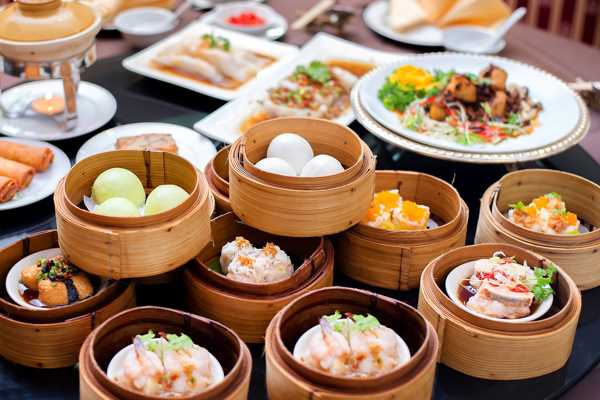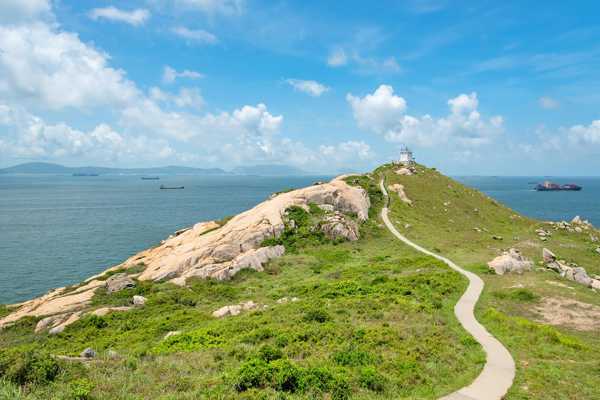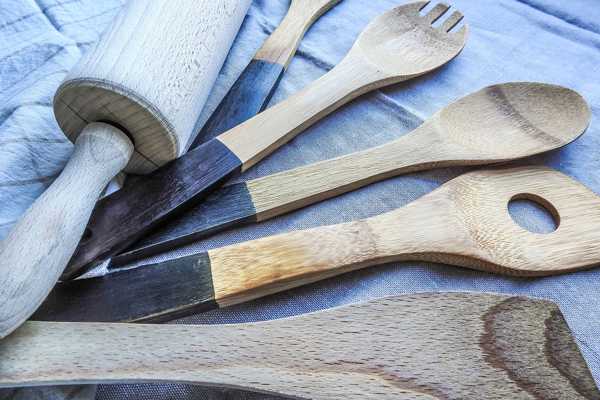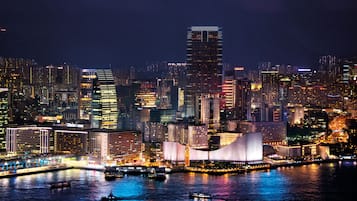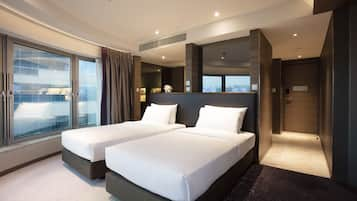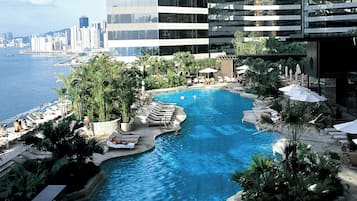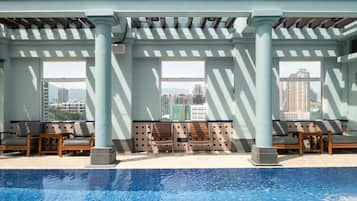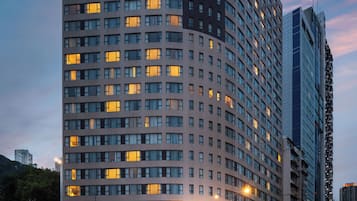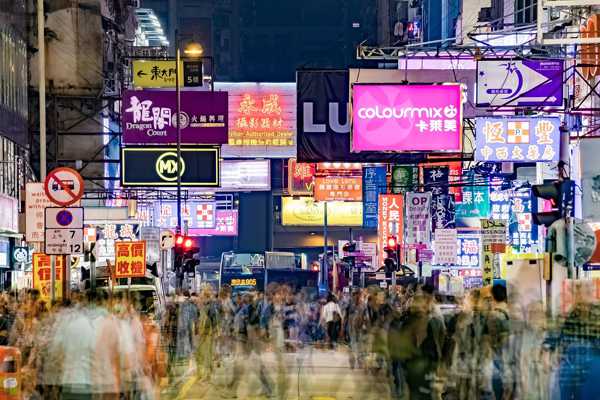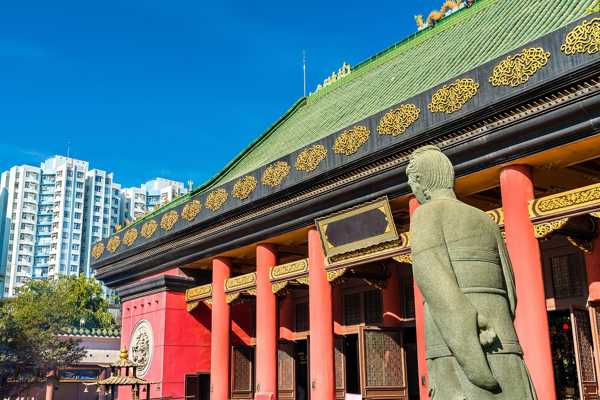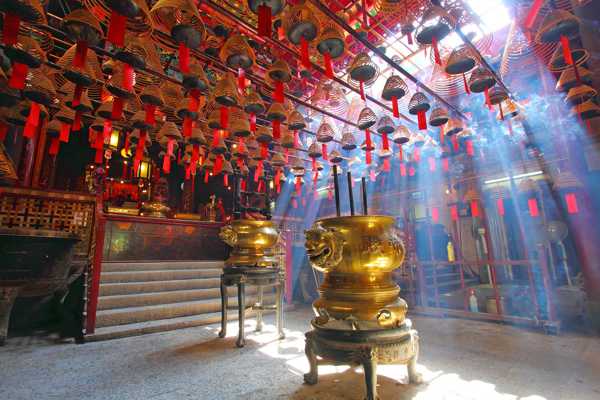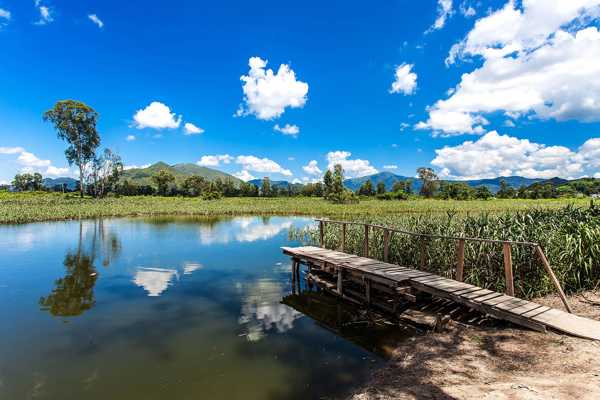Hong Kong culture dates back to thousands of years – you need not look far to find locals practising feng shui, tai chi, and reflexology, for example. At first glance, charismatic Hong Kong is all steel-and glass-skyscrapers and urban amenities, but you'll still find remnants of the city's rich history by looking to the designs of ultra-modern corporate buildings, the names of places, the flavours of Cantonese food, as well as the Hong Kong lifestyle and pastimes. Closer inspection reveals Chinese values, traditions and beliefs coexisting with the city’s rapid development.
- 1
Bargaining in Hong Kong
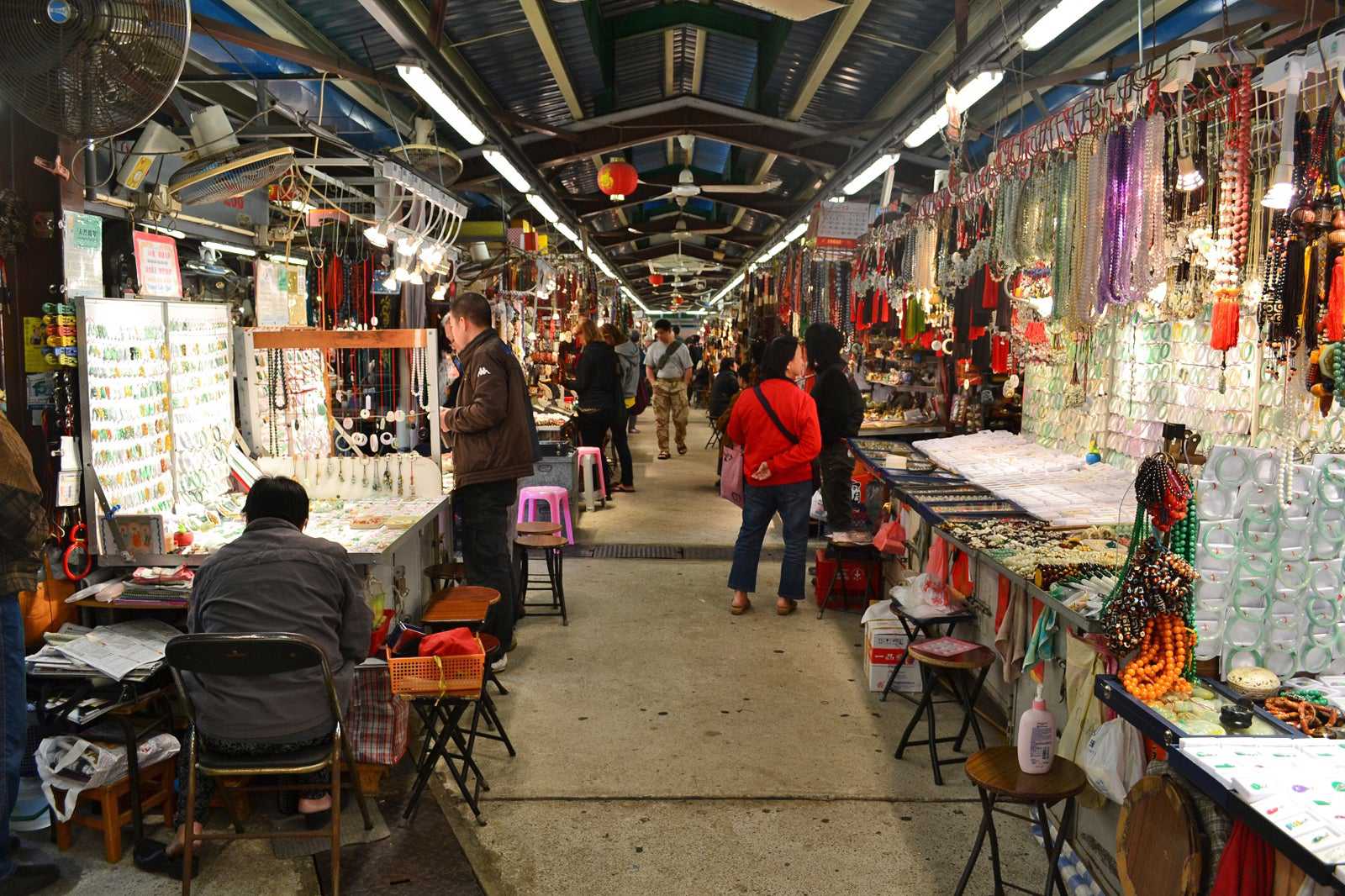
- Compras
Bargaining in Hong Kong is not a just common practise, but also a way to get the best possible price when you’re shopping at the city’s many markets. A good price to start is around 75% lower than the stipulated price, which the vendor will counteroffer with a slightly higher rate. After a bit of back and forth, chances are you’ll agree on a price that works for everyone. If you’re unable reach an agreement, politely decline (with a smile) and walk away. There might be another seller not far away who will meet your price.
foto de David Boté Estrada (CC BY-SA 2.0) modificada
- 2
Cantonese cuisine
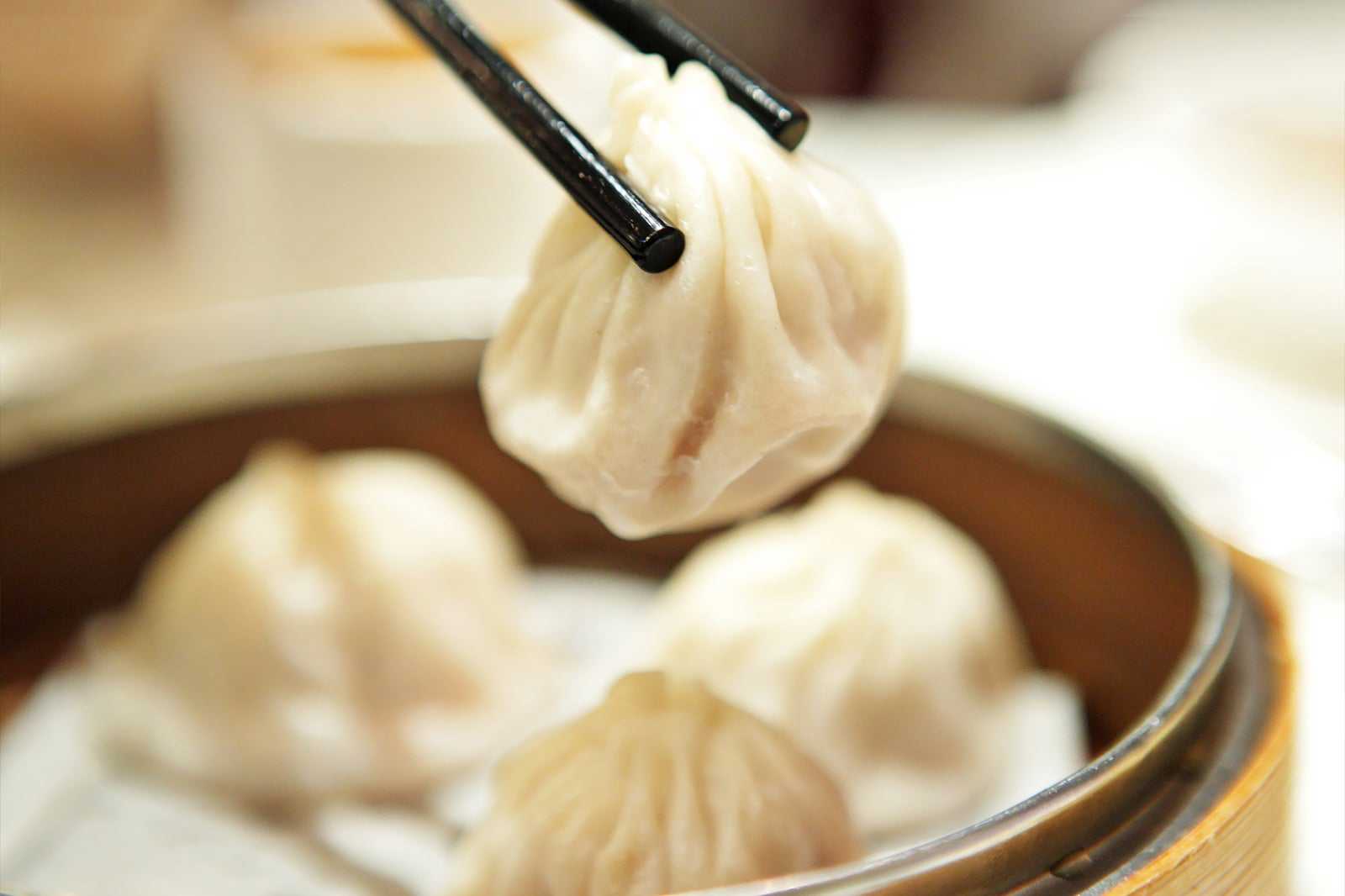
- Alimentação
Cantonese cuisine is an integral part of Hong Kong culture, with dim sum and congee for breakfast taking centre stage, with tea always close at hand. Dining out is common practice in this fast-paced city, mostly due to miniscule living spaces (some of which don’t have kitchens).
Cantonese food is also seasonal – seafood is given special emphasis during spring, while summertime sees a diverse choice of fruit and fresh vegetables. Crab is a top choice in autumn, which is used in everything from soups and salads, appetisers and entrées. Wintertime is the best time of the year to enjoy hotpot, a communal dish where you cook a wide range of meat and vegetables in a simmering soup.
- 3
Diversity

The people of Hong Kong are mostly of Cantonese origin, though there are many other Chinese clans, each with their own practices, dialects, and way of life. Descendants of the Hakka, Tanka and Hoklo minorities mostly live in walled villages and small towns in the New Territories.
- 4
Superstitions in Hong Kong

8 is considered an auspicious number in Chinese culture, as it sounds like the Mandarin word for “prosperity”. 6 is associated with blessings, as is 9 as the pronunciation is similar to “sufficient” in Chinese.
Taboo numbers are 4 and 24, because both sounds similar to “death” and “easy to die” in Cantonese. The numbers 73 and 84 sound like “funeral” and “having accidents”, respectively. Many locals avoid these in phone numbers, addresses, and written correspondence.
Red is a lucky colour for the Chinese, while colours with negative connotations are black on yellow (which is meant for the dead). Pink, gold and silver are acceptable – you’ll often see these colours in gift-wraps and envelopes.
Mapa - 5
Martial arts

- Aventura
Chinese martial arts feature movements inspired by nature, be it the flow of water, the flight of birds, the slow prowling steps of a predatory animal, or a snake’s swift strike. Many people in Hong Kong practise martial arts as a form of exercise, usually in the early morning. The arts they practise are usually tai chi, Qi gong, and kung fu.
Tai chi is generally used as an aid to health and long life, as its slow-motion movements help improve balance and muscle tone and ease tension.
Qi gong focuses on meditation, breathing techniques and postures to support physical health.
Kung fu (also called wushu) was first made popular in the West by late actor, Bruce Lee. This form of martial arts is rather challenging, as it requires hours of consistent practise.
- 6
Chinese opera

- Vida noturna
Traditional Chinese operas often tell stories from Chinese literature. Popular tales include Romance of the 3 Kingdoms and Dream of the Red Mansion, which take centre stage during festivals and special occasions. Actors perform in lavish costumes, wigs and beards, as well as dramatic makeup with bright pink cheeks, red lips, and a white painted face.
Cantonese opera originated in northern China, and gradually migrated south to the province of Guangdong. Well-known Cantonese operas performed at traditional theatres in Hong Kong include The Purple Hairpin and Rejuvenation of the Red Plum Flower.
- 7
Reflexology

Reflexology is a form of alternative medicine that involves applying pressure points on the soles of the feet. The notion is that different zones on the feet correspond with other parts of the body – it’s believed that you can eliminate toxins, blocked energy, and increase blood circulation by stimulating certain zones on the soles of the feet.
- 8
The Chinese junk

- História
- Foto
The Chinese junk is a traditional sailing rig that has 2 to 4 sails on bamboo masts. The first ones were built in approximately 960 AD, and were used as trading vessels and war ships throughout China’s long history. Many Hong Kong tour companies offer daytrips by Chinese junk, allowing you set sail on this ancient ship with contrasting views of modern skyscrapers and modern ferries.
- 9
Tanka stilt houses

- Econômico
- História
- Foto
The Tanka people have always lived on the sea, and their junks doubled as homes for centuries past. On the north-western tip of Lantau Island, you’ll find Tai O fishing village – this stilt-house community of the Tanka people is built over the seashore. Many travellers make their way to the village to enjoy the pristine scenery and sample fresh seafood.
foto de Underwaterbuffalo (CC BY-SA 4.0) modificada
- 10
Hakka walled villages

- História
- Foto
Kowloon is home to walled villages, built by the Hakka people to protect themselves from wild animals and pirates during the 17th century. The Kam Tin Walled Villages (Kat Hing Wai) of Yuen Long (located in the New Territories) are a series of 7 villages with walls that are 5.5 metres thick. You can also visit the replica of a Hakka walled village at the Sam Tung Uk Folk Museum, located in Tsuen Wan.
foto de Mk2010 (CC BY-SA 3.0) modificada

